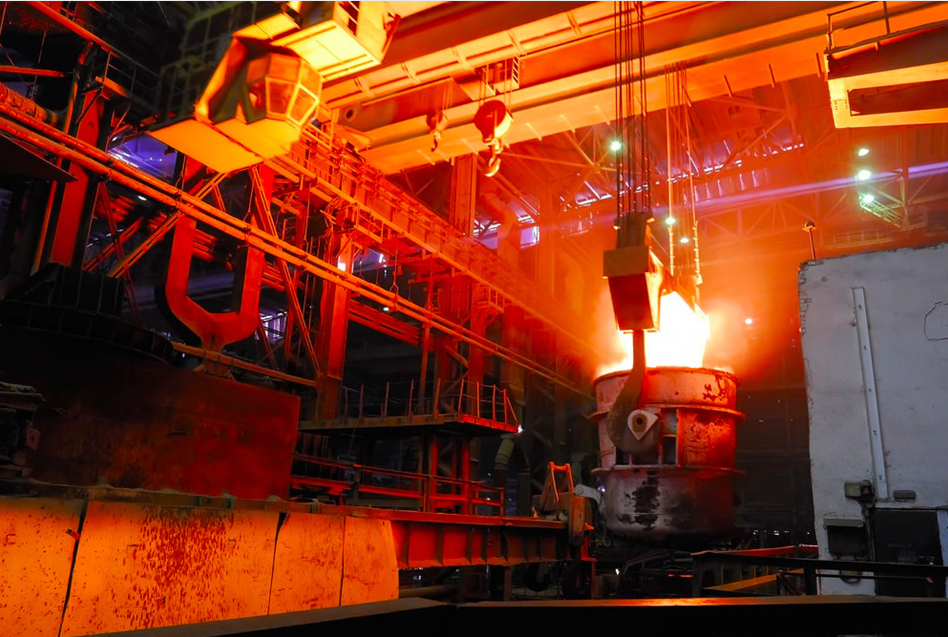Die Casting: A Comprehensive Guide to the Manufacturing Process
Die casting is a metal casting process that is widely used in the manufacturing industry to produce mass-produced parts with high accuracy, fine surface finish, and low porosity. This process involves the use of a reusable mold, called a die, which is filled with molten metal under high pressure to produce complex shapes and designs. In this comprehensive guide, we will explore the die casting process in-depth, including its history, types, advantages, disadvantages, and applications.
History of Die Casting
The history of die casting can be traced back to the mid-1800s when the first patent for the process was granted to Sturges and Blashfield in 1849. However, it was not until the 20th century that die casting became more widespread and popular, particularly in the automotive and aerospace industries. Today, die casting is one of the most commonly used metal forming processes in manufacturing.
Types of Die Casting
There are two main types of die casting: hot chamber and cold chamber. Hot chamber die casting is used for low melting point metals, such as zinc, tin, and lead, while cold chamber die casting is used for high melting point metals, such as aluminum, magnesium, and copper. In hot chamber die casting, the metal is melted and kept in a furnace connected to the die casting machine, where it is injected into the mold under high pressure. In cold chamber die casting, the metal is melted in a separate furnace and then transferred to the die casting machine where it is injected into the mold under high pressure.
Advantages of Die Casting
Die casting offers several advantages over other metal forming processes, including:
1. High accuracy and precision: Die casting produces parts with high dimensional accuracy and fine surface finish, making it ideal for complex and intricate designs.
2. Low porosity: Die casting produces parts with low porosity, which ensures that the parts have high strength and durability.
3. Cost-effective: Die casting is a cost-effective process for producing large quantities of parts, as the reusable mold reduces the need for additional tooling costs.
4. Quick turnaround time: Die casting allows for a quick turnaround time, as the production cycle is shorter compared to other metal forming processes.
Disadvantages of Die Casting
Despite its many advantages, die casting also has some disadvantages, including:
1. Limited material selection: Die casting is limited to a few types of metals, which means that parts made from other metals have to be produced using other methods.
2. High initial cost: The initial cost of setting up a die casting operation can be expensive due to the high cost of equipment and tooling.
3. Limited flexibility: Once the mold is set up, it is difficult to make changes to the design or to adapt to changing requirements.

Applications of Die Casting
Die casting is used in a wide range of industries, including automotive, aerospace, electronics, and consumer goods. Some common applications of die casting include:
1. Automotive parts: Die casting is used to produce parts such as engine blocks, transmission housings, and wheel rims.
2. Aerospace parts: Die casting is used to produce parts such as turbine blades, compressor housings, and structural components.
3. Electronics parts: Die casting is used to produce parts such as heat sinks, connectors, and housings for electronic devices.
4. Consumer goods: Die casting is used to produce parts such as kitchen appliances, power tools, and toys.
Conclusion
Die casting is a versatile metal forming process that offers several advantages, including high accuracy, low porosity, and cost-effectiveness. While it does have some limitations, it is still widely used in many industries due to its quick turnaround time and ability to produce complex parts with fine surface finishes. As technology continues to advance, die casting is likely to remain a popular manufacturing process for years to come.
-

- Magensiový rám horského kola
-

- Tixomolding hořčíkové díly a komponenty střední deska mobilního telefonu
-

- Zakázkové slévárenské produkty komponenty elektrokol kola z hořčíkové slitiny
-

- Díly z tlakově litého hořčíku Kryt krytu notebooku D
-

- Magnesium alloy die-casting Auto parts Front bumper Anti-collision beam
-

- Přilba Thixomolding z tlakového lití z mangenové slitiny

 0086-750-5616188
0086-750-5616188 +86 13392089688
+86 13392089688 sales@zhongmei-tech.com
sales@zhongmei-tech.com







